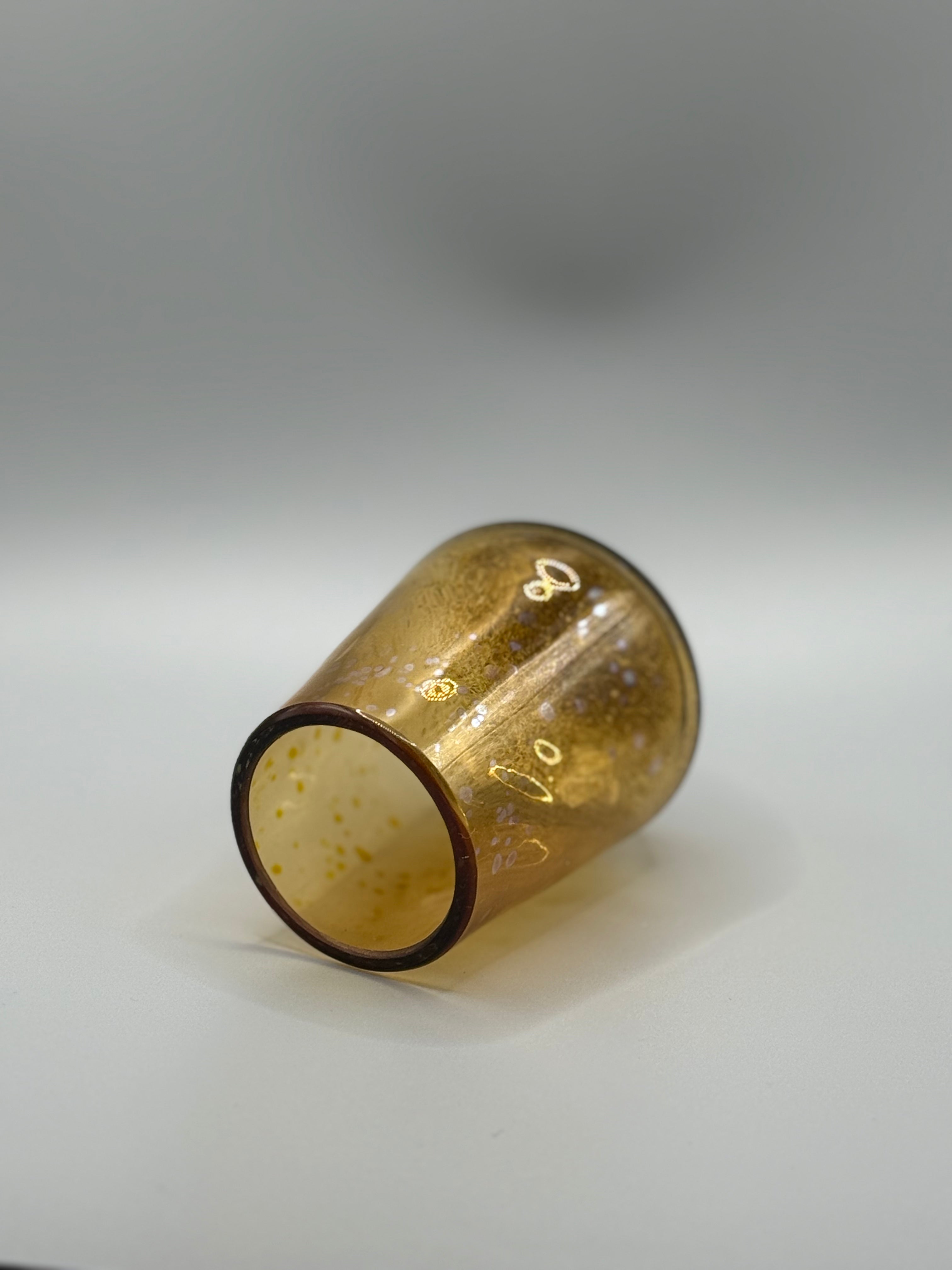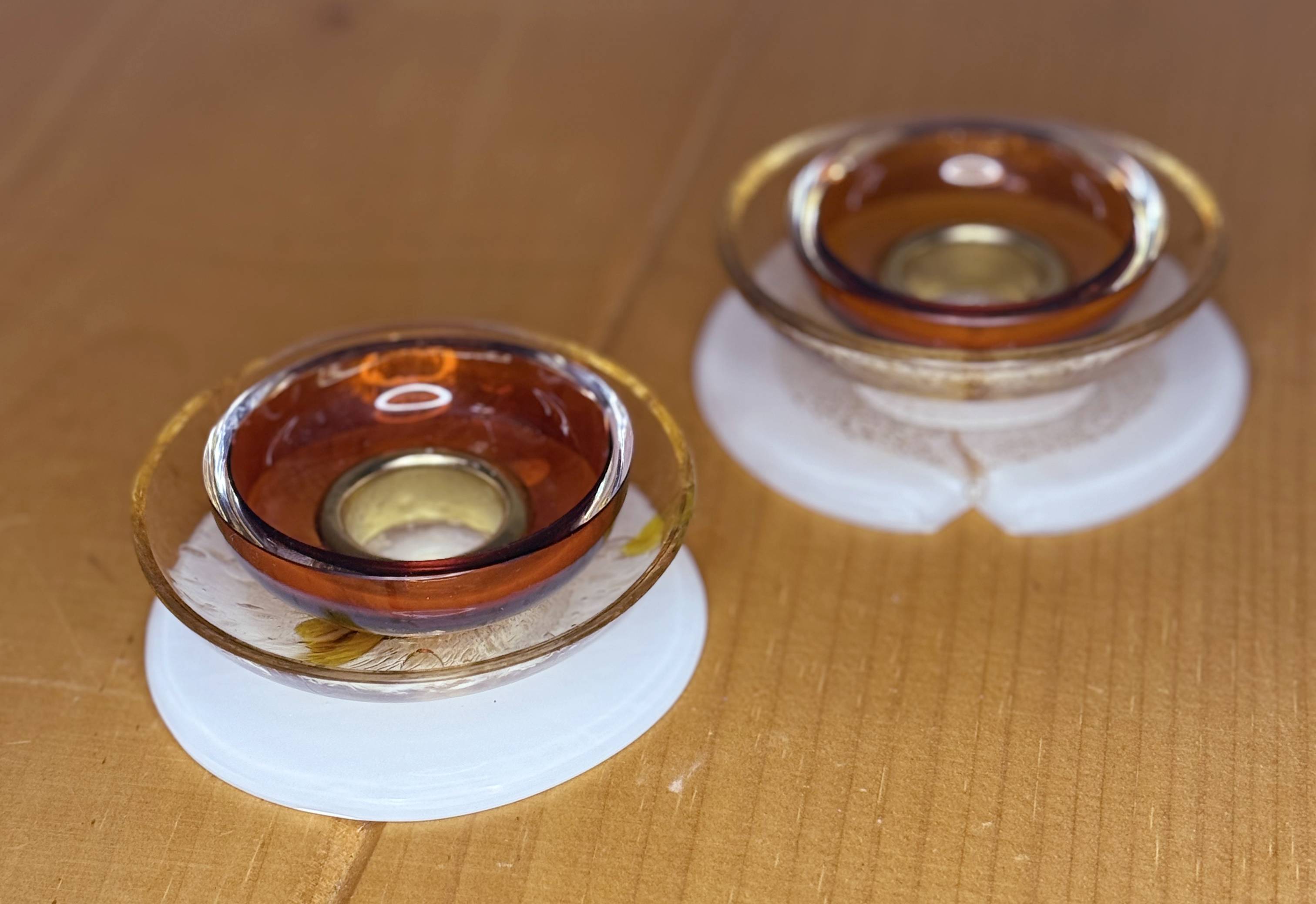Amphoras, the ancient containers used for storing and transporting various liquids and goods, have a rich history and fascinating facts. It is a desirable shape in glass throughout antiquity and contemporary art. Let's dive into the world of amphoras and uncover some interesting details.
What are Amphoras?
Amphoras are tall, narrow-necked vessels with two handles used by ancient civilizations such as the Greeks and Romans. These containers were typically made of ceramic, but some were crafted from glass, metal, or even wood. Amphoras were versatile and used for storing liquids like wine, oil, and fish sauce, as well as solid goods like grains and olives.

How Were Amphoras Made?
Amphoras were usually made using the coiling technique, where long snake-like pieces of clay were coiled and stacked on top of each other to form the vessel. The clay was then shaped and smoothed by hand before being fired in a kiln to harden. Some amphoras were decorated with intricate designs or painted with colorful patterns, showcasing the craftsmanship of the ancient artisans.
In glass, this shape was created through blown glass methods, inflating and shaping the glass with different tools to manipulate the glass into the desired shape.
What Were Amphoras Used For?
Amphoras had a wide range of uses in ancient times. They were not only used for storing and transporting goods but also played a role in trade and commerce. Merchants would fill amphoras with valuable commodities like wine or olive oil and ship them across the Mediterranean to trade with other civilizations. The shape and size of the amphoras varied depending on the type of goods they were designed to hold.
Their pointed ends make it evident that they weren't stored on their ends, but rather in vats of water to cool the contents. Every part of the design is considered primarily for utilitarian use and then followed by the artisan touch.
Why are Amphoras Important Historically?
Amphoras are valuable artifacts for archaeologists and historians as they provide insights into ancient trade routes, economies, and cultural exchanges. By studying the shapes, sizes, and markings on amphoras, experts can trace the origins of the goods they once contained and unravel the complex networks of exchange that connected different regions in the ancient world.
What Can We Learn from Amphoras Today?
Today, amphoras continue to be a source of fascination for researchers and enthusiasts alike. By analyzing the chemical residues found inside ancient amphoras, scientists can learn about the diets, agricultural practices, and food preservation techniques of past civilizations. Amphoras also serve as a tangible link to our shared human history, reminding us of the ingenuity and creativity of our ancestors.
In conclusion, amphoras are not just ancient containers but windows into the past, offering a glimpse into the daily lives, traditions, and innovations of the people who came before us. Their enduring legacy continues to captivate our imagination and inspire further exploration into the mysteries of the ancient world.









